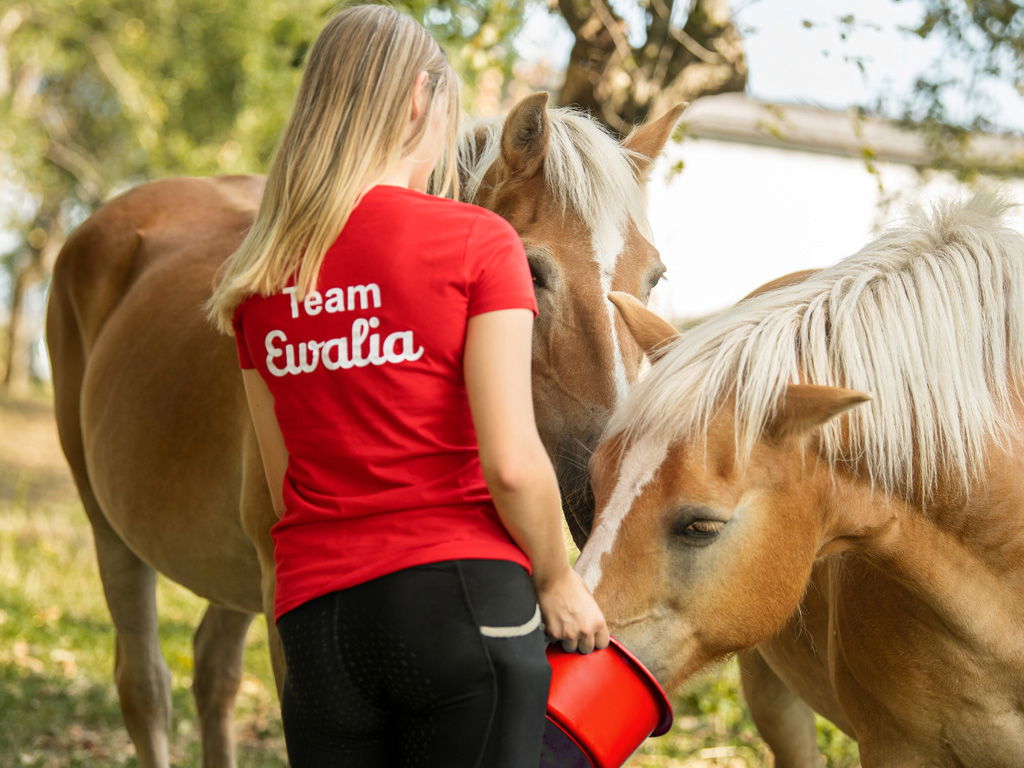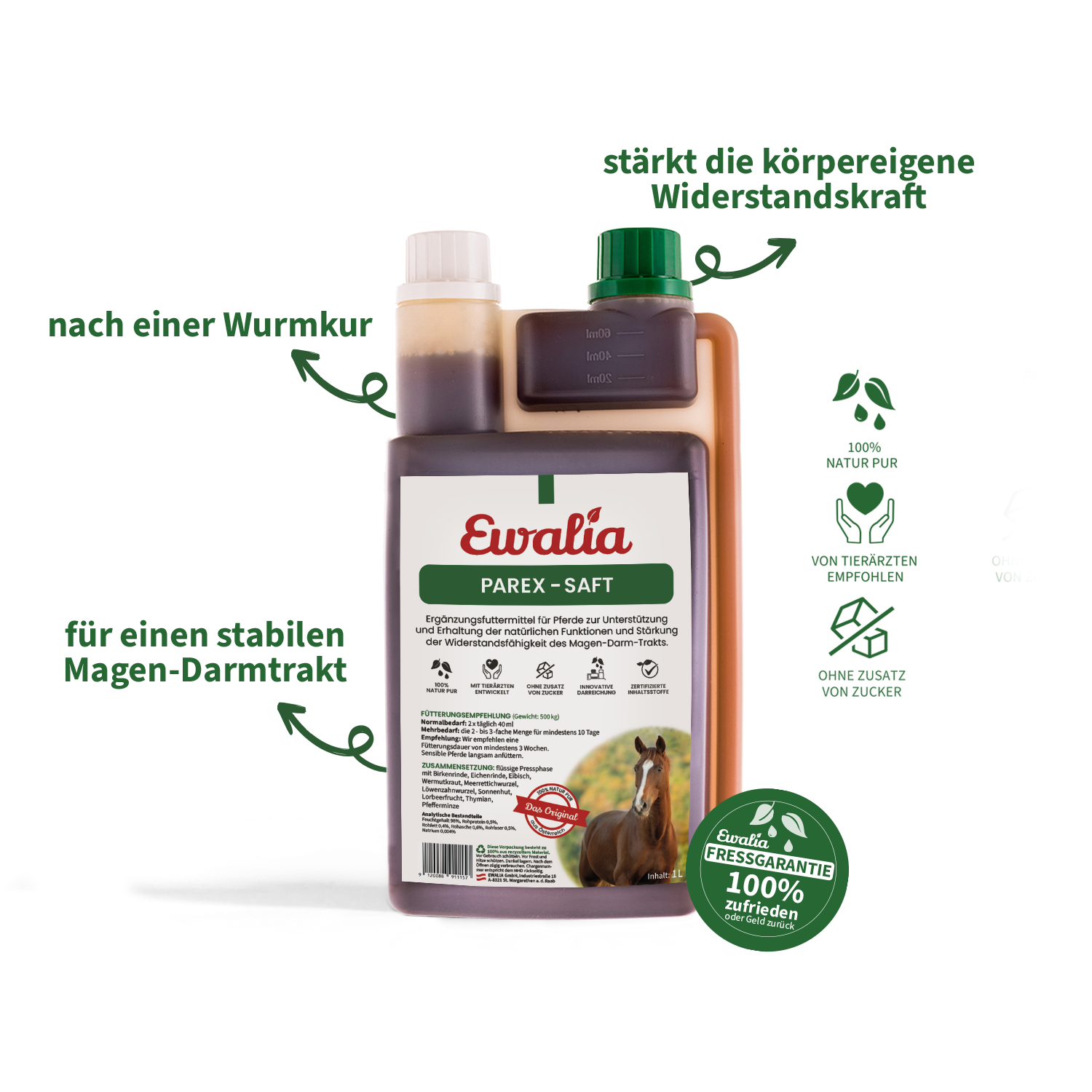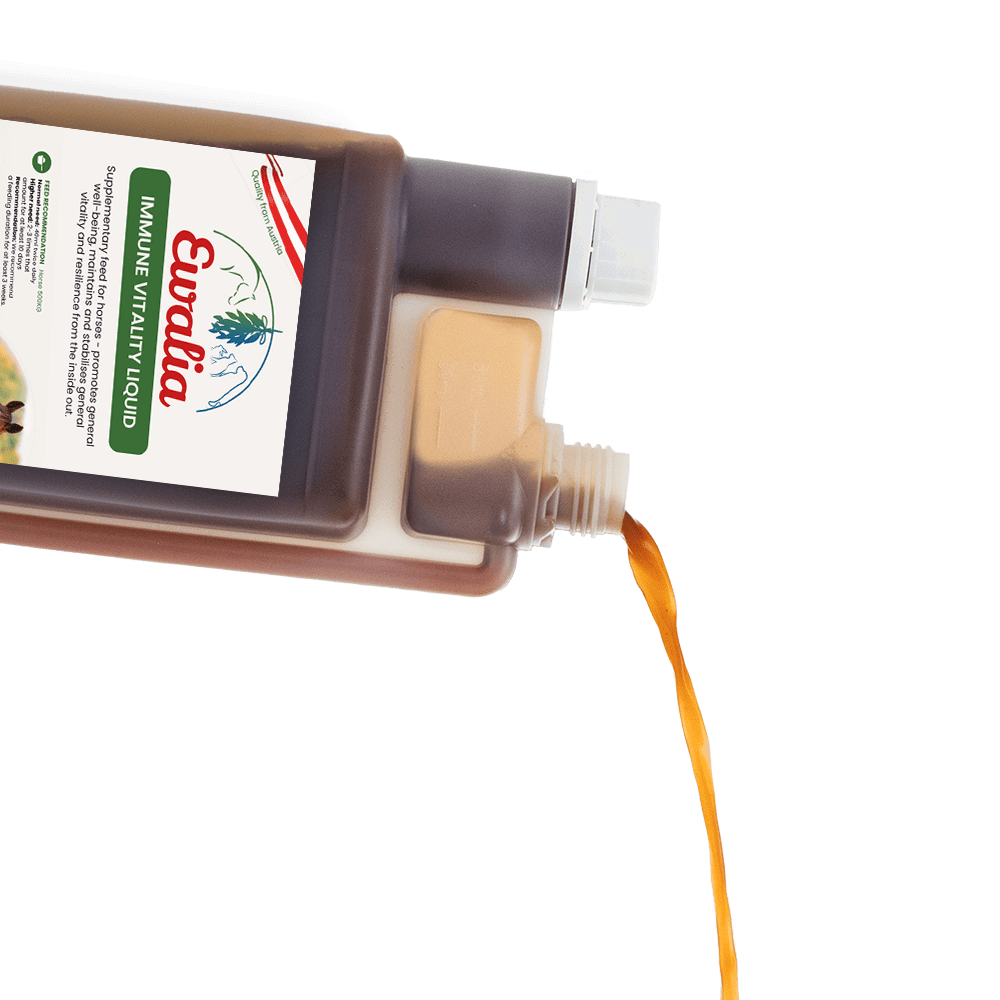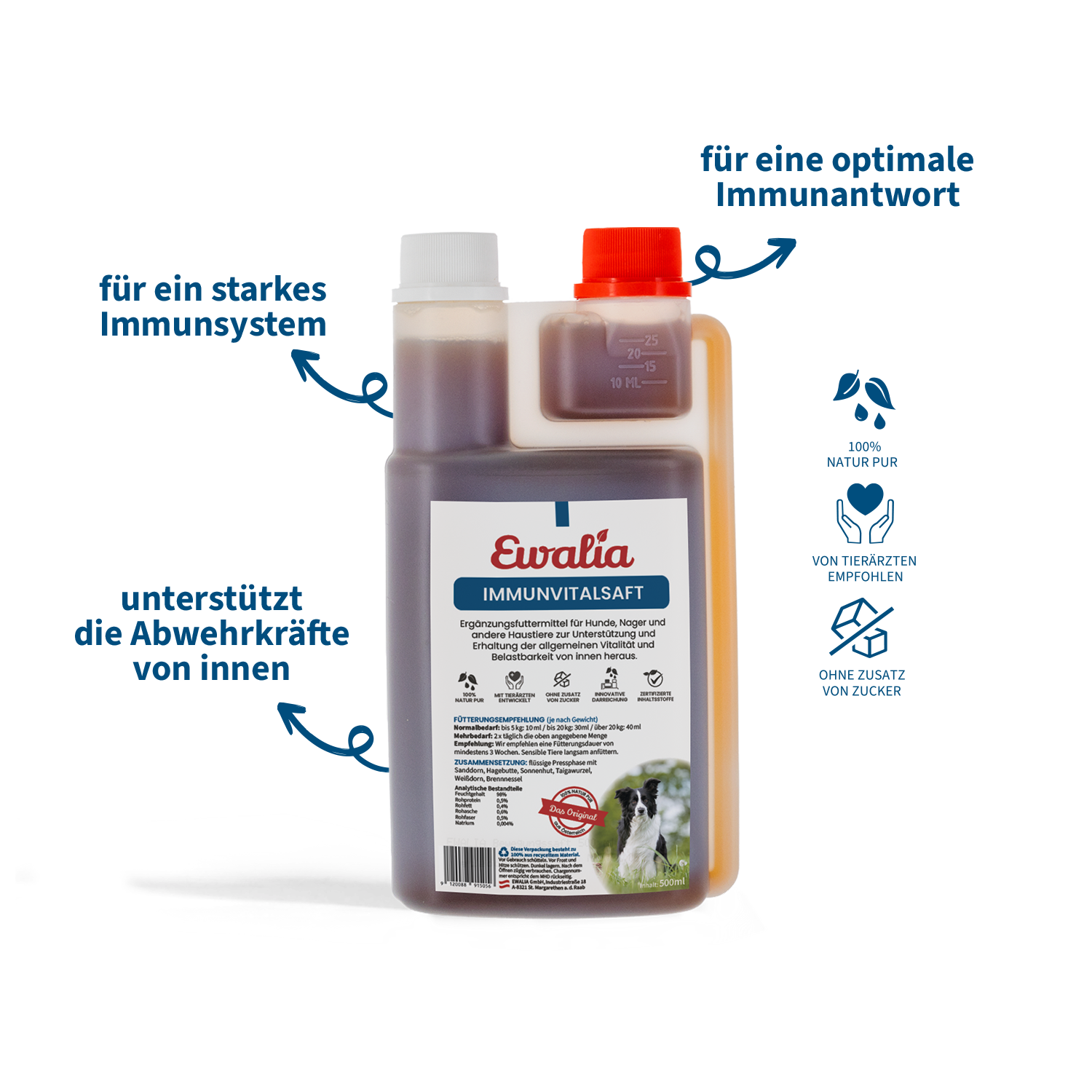Echinacea

Echinacea angustifolia, E. pallida, E. purpurea
Echinacea plants are native to central regions of the USA and have long been used by native Americans to treat infections and sepsis. In western phytotherapy today, echinacea is considered an extremely valuable aid in boosting the immune system. Preparations of the most well-known varieties – Echinacea angustifolia, E. pallida and E. purpurea – are used to treat colds by stimulating the body's natural defences against bacterial and viral infections. Echinacea is also used to treat allergies.
The success story of echinacea
The indigenous peoples of North America viewed echinacea as a holy plant to be used in rituals and placed in the graves of their deceased at burial. Sioux and Comanche healers used the plant for internal and external application against toothaches, sore throats, coughs, inflammations, ulcers, wounds that were slow to heal, and poisonous snake bites. Echinacea was first introduced to Central Europe in the late 18th century. The plant was used as an ornamental border plant, and it wasn't until the 1930s that its healing properties were recognised and extracted E. purpurea began to be promoted as a blood-purifying juice. The effects of Echinacea have been extensively researched, and it is cultivated as a medicinal plant in many parts of the world today.
The three types of echinacea and their uses
The genus name Echinacea is derived from the Greek word "echinos" ("hedgehog" or "sea urchin") and refers to the plant's spiny, domed flower head.
The Purple coneflower (Echinacea purpurea) has purple petals and a deep red spiny head. The extracted juice of the above-ground parts of the plant or a preparation as a herbal tea assists in the treatment of respiratory and urinary tract infections. Purple coneflower has antiseptic properties and can be applied externally to slow-to-heal surface wounds.
The Narrow-leaved purple coneflower has narrower petals than the purple coneflower. E. angustifolia is the species originally used for healing purposes. The medical product is obtained from the root and is used to help prevent and treat colds as well as promote the healing of wounds.
The Pale purple coneflower or prairie coneflower (E. pallida) displays drooping pink petals. In phytotherapy the fresh or dried root is used to relieve upper respiratory tract infection symptoms such as sore throat, coughing and congestion.
It is primarily Echinacea purpurea in all its parts that is used at our latitudes: roots, leaves or even the whole plant.
What does echinacea do?
All echinacea species contain alkylamides. These substances affect the body similarly to cannabinoids; the alkylamide echinacein, for example, has a sedative effect. The alkylamides in coneflower can dock to the immune system receptors and initiate reactions that stimulate the immune system and inhibit inflammation.
Purple coneflower has stimulating effects on the nonspecific immune system. It can increase the number of lymphocytes and spleen cells. Its polysaccharides counteract viral attacks on cells, whilst its alkylamides have antibacterial and antimycotic effects. The alkylamides in E. purpurea are also proven to significantly stimulate the "dust cells" on the surface of the pulmonary alveoli and absorb toxins from the blood and foreign particles. Applied externally, purple coneflower improves wound healing through its anti-inflammatory and granulation-promoting substances.
The active substances in the root boost the performance of certain white blood cells known as scavenger cells; these fight off pathogens. Clinical tests have shown that taking echinacea shortens the duration of viral infections.
Pharmacological studies have shown that the caffeic acid derivatives of the genus Echinacea are primarily responsible for the antioxidant effects of echinacea extracts.
Feeding recommendations
Echinacea does not have any side effects when used as a feed supplement, however it is recommended that an eight-week treatment with Echinacea be followed by an interval of one week to keep the immune system from being weakened.
Caution: do not use echinacea if your horse has an Asteraceae-related allergy.
Sources and further reading
- Ardjomand-Wölkart, K., & Bauer, R. (23. 01 2014). deutsche-apotheker-zeitung.de. Von https://www.deutsche-apotheker-zeitung.de/daz-az/2014/daz-4-2014/echinacea-und-seine-alkamide abgerufen
- Brendieck-Worm, C., & Melzig, M. F. (2018). Phytotherapie in der Tiermedizin. Stuttgart: Georg Thieme Verlag KG.
- Dietz, B. (2002). Untersuchungen zu den Inhaltsstoffen von Echinacea atrorubens sowie zur Wirkung und Bioverfügbarkeit von Alkamiden. Düsseldorf: Heinrich-Heine-Universität.
- Pelz, G. R. (30. 10 2020). Kräuterabc. Von http://www.kraeuterabc.de/kraeuter/sonnenhut/ abgerufen
- spektrum.de. (30. 08 2020). Von https://www.spektrum.de/lexikon/biologie/echinacea-inhaltsstoffe/19928 abgerufen
















